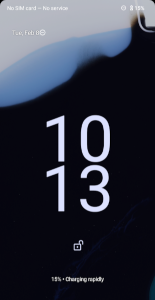# Device Entry Glossary ## Keyguard | Term | Description | |--------------------------------------------------------------------|---------------------------------------------------------------------------------------------------------------------------------------------------------------------------------------------------------------------------------------------------------------------------------------------------------------------------------------------------------------------------------------------------------------------------------------------------------------------------------------------------------------------------------------------------------------------------------------------------------------------------------------------------------------------------------------------------------------------------------------------------------------------------------------------------------------------------------------------------------------------------------------------------------------------------------------------------------------------------------------------------------------------------------------------------------------------------------------------------------------------------------------------------------------------------------------------------------------------------------------------------------------------------------------------------------------------------------------------------| | Keyguard, [keyguard.md][1] | Coordinates the first experience when turning on the display of a device, as long as the user has not specified a security method of NONE. Consists of the lock screen and bouncer. | | Lock screen | The first screen available when turning on the display of a device, as long as the user has not specified a security method of NONE. On the lock screen, users can access: